The Global Tapestry
DIRECTIONS – 5 resources combined into 1 point of reference! Be sure to complete your assigned weekly readings and watch the posted videos. Take notes!
1. Know what is your AP focus. Go to your Unit Guide For APWH – p. 38. Review Using the Unit Guide.
2. TIME MAP: East Asia: China, Korea, Japan 1215 CE
In this period of East Asia’s history great technological advances occur, both in China and Korea.
3. ASSIGNED TEXTBOOK READING – p. 6 – 11 and p 32
4.
| Video | Content | Historical Thinking Skills |
|---|---|---|
| 1st Video | systems of government employed by Chinese dynasties | 4.a – Identify and describe to better understand a historical process |
| 2nd Video | cultural developments and interactions in East Asia | 4.A – Identify and describe to better understand a historical development |
| 3rd Video | economic system employed by the Song dynasty | 4.a – Identify and describe to better understand a historical concept |
5.
 In this video we’ll look at the process of state building in Song China, which corresponds to Unit 1, Topic 1 of the AP World History curriculum.
In this video we’ll look at the process of state building in Song China, which corresponds to Unit 1, Topic 1 of the AP World History curriculum.
For all sorts of reasons, I tend to think of China as the Texas of the ancient world, and no less in 1200-1450. It was big, it had a very distinct culture, and its people thought China was the center of the world. Don’t mess with China.
Chinese state building during the Song Dynasty included the expansion of trade across the Silk Roads in Afro-Eurasia, innovations in the process of trade including the introduction of paper money, and a religious (Buddhism) and philosophical (Confucianism) cultural glue that bound the whole society together.
Students taking examinations on the Confucian classics to gain admission to the class of officials occupied these cells for 24 to 72 hours, depending on the level they were attempting. In the city of Guangdong there were 7,500 cells in long rows. Candidates were identified only by number, and their essays were rewritten to prevent their handwriting being recognized. Approximately 5 percent of the candidates passed the examination.
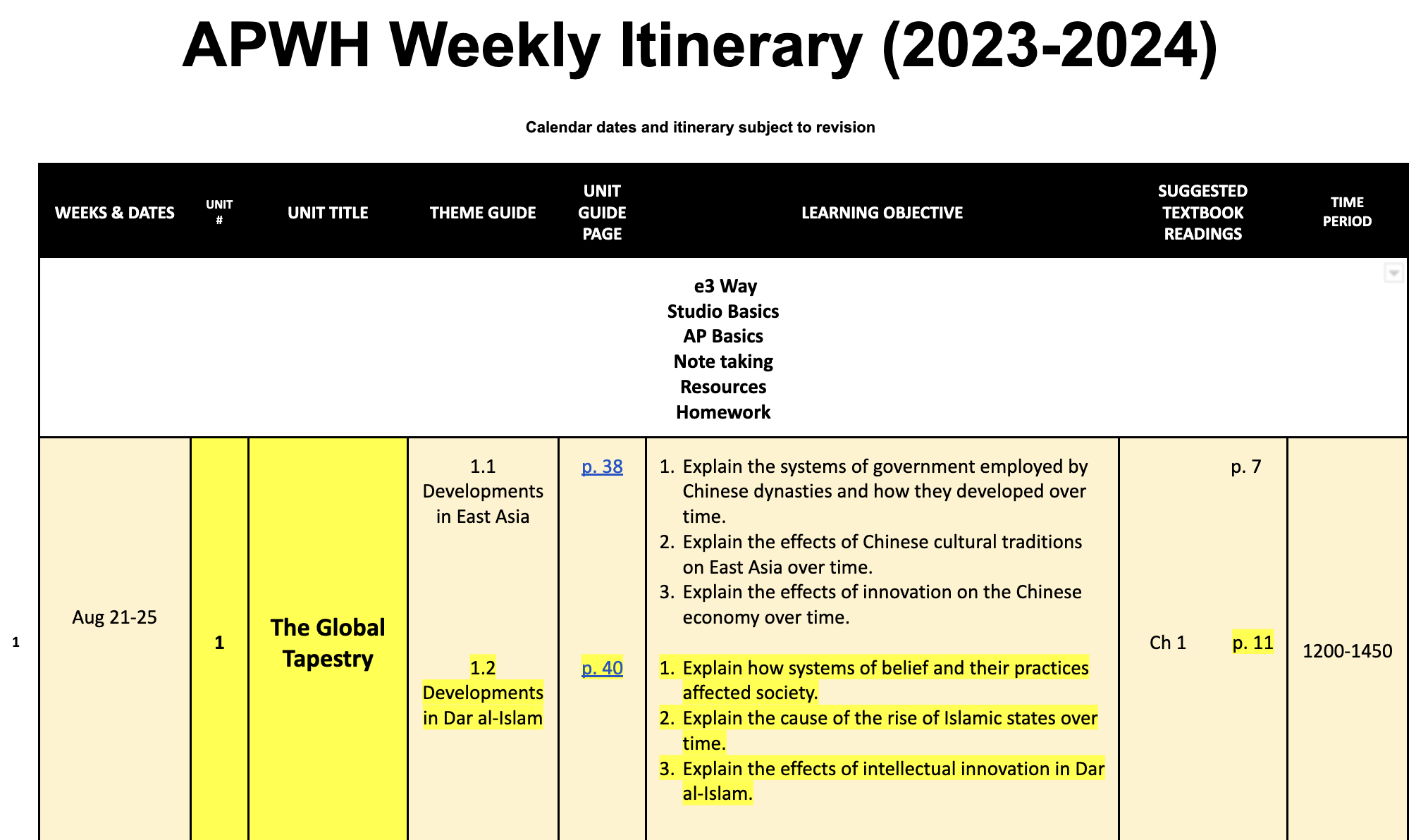
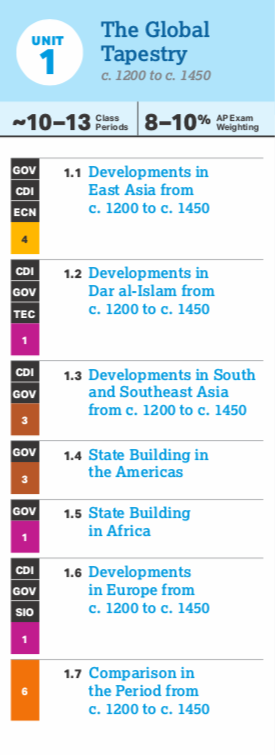

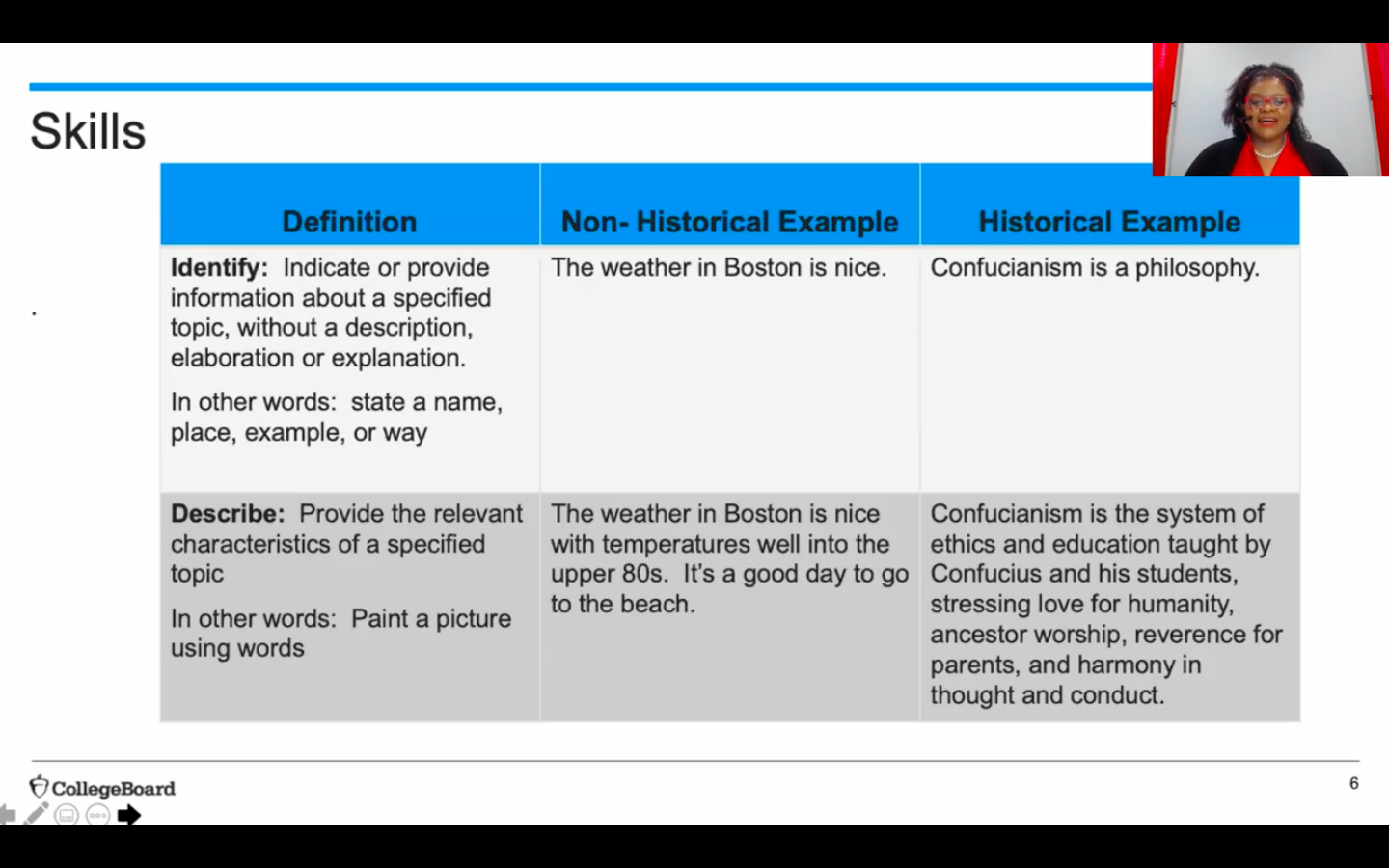
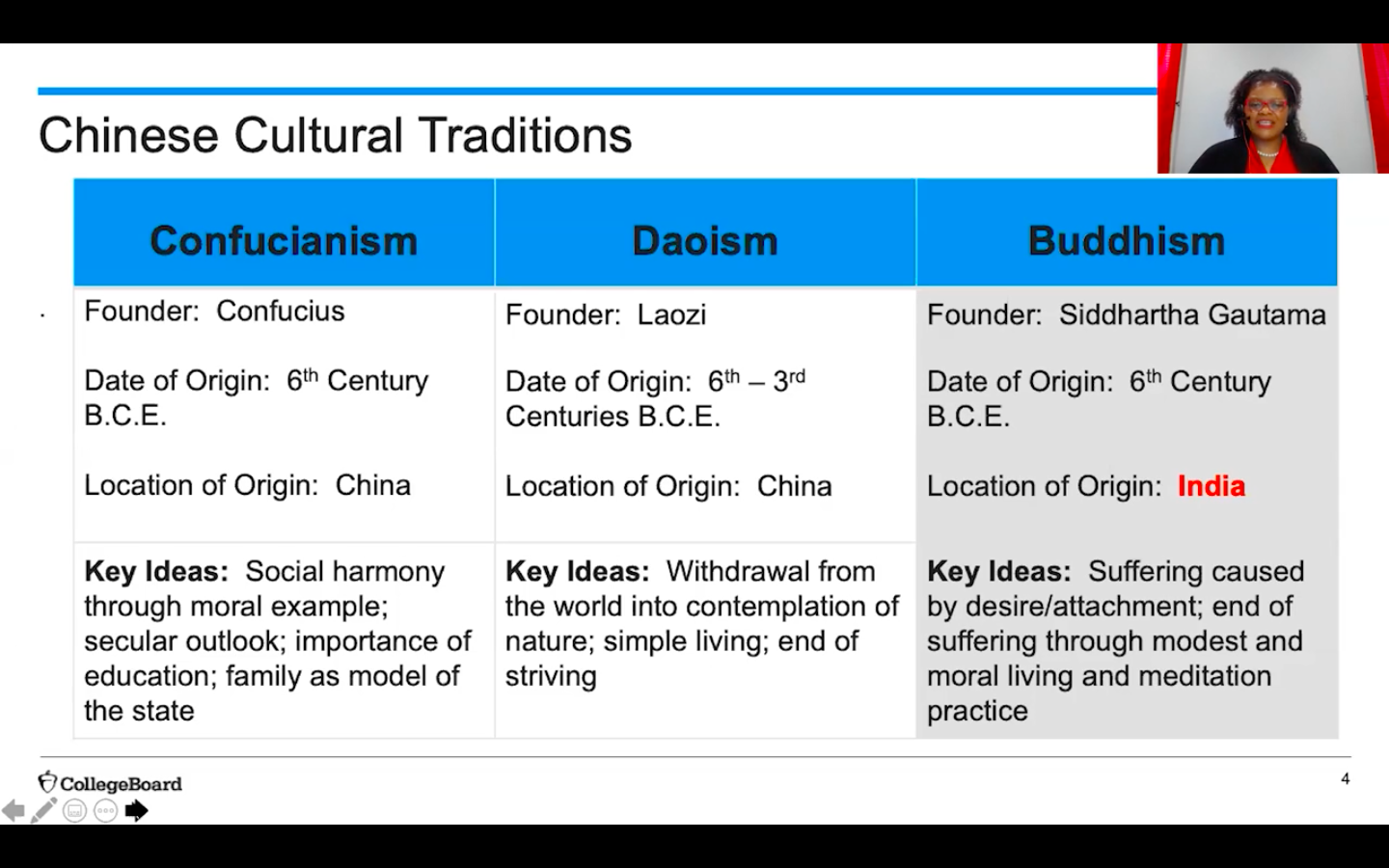

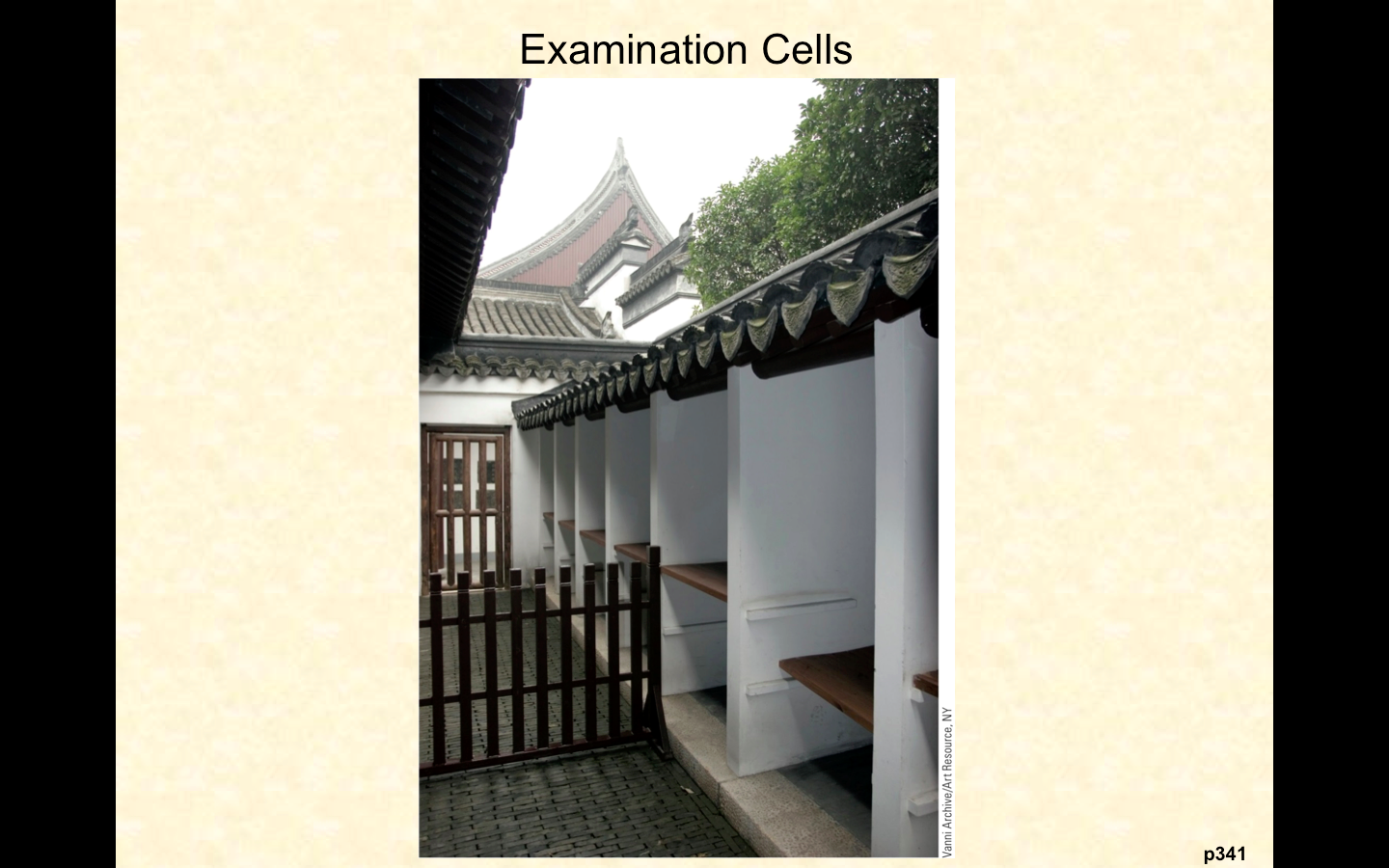
You must be logged in to post a comment.